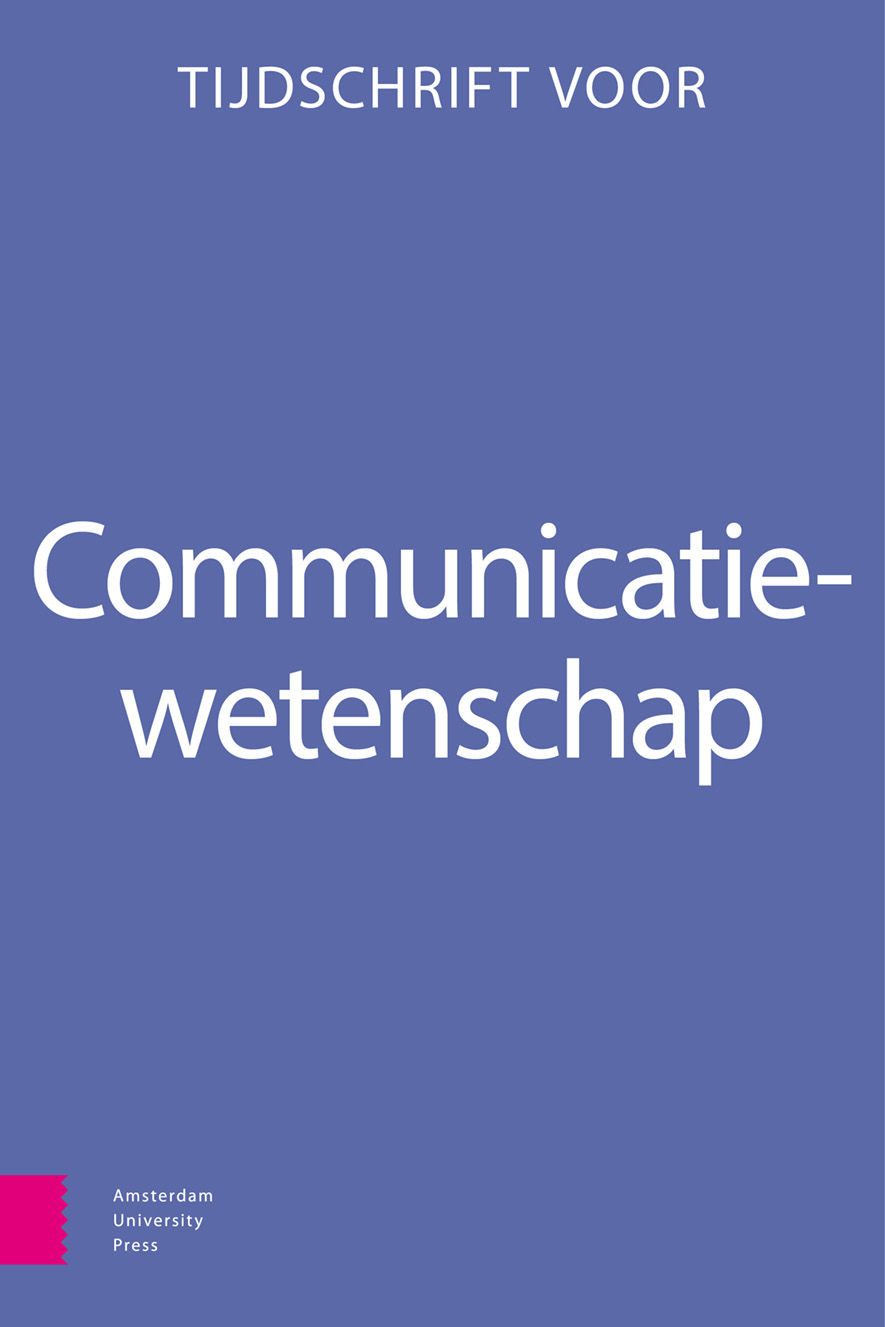-
oa Vluchtelingen in beeldDit artikel onderzoekt hoe Vlaamse nieuwsmedia berichten over vluchtelingen in tijden van veel maatschappelijk debat over migratie. De onderzochte televisiezenders VTM en VRT berichten op een evenwichtige manier en creëren over het algemeen geen expliciet ‘wij-zij’-perspectief, ondanks enkele negatieve representatiediscoursen zoals stereotiepe beelden, negatief woordgebruik en het collectiviseren van vluchtelingen. Ook rapporteert openbare omroep VRT meer genuanceerd en uitgebreider dan commerciële zender VTM.
Een kritische discoursanalyse naar de representatie van Syrische vluchtelingen in Vaams televisienieuws
- Amsterdam University Press
- Source: Tijdschrift voor Communicatiewetenschap, Volume 48, Issue 2, Jun 2020,
Abstract
The civil war in Syria, ongoing since 2011, forced 6.7 million people to flee their country (UNHCR, 2019). Applying a critical discourse analysis, this study investigates the representation of refugees by the public (VRT) and the commercial (VTM) broadcaster in Flanders, focusing on September 2015 and December 2018. Our findings show that Flemish news media do not discursively reproduce the established socio-demographic binary of ‘us’ and ‘them’ as they generally tend to avoid portraying refugees as ‘others’. The public broadcaster reports more on the topic and offers more contextualization, resulting in a more nuanced style of reporting. Nevertheless, there are a few implicit articulations of a negative discourse about refugees as both broadcasters occasionally apply negative nomenclature and use stereotypical imagery.


